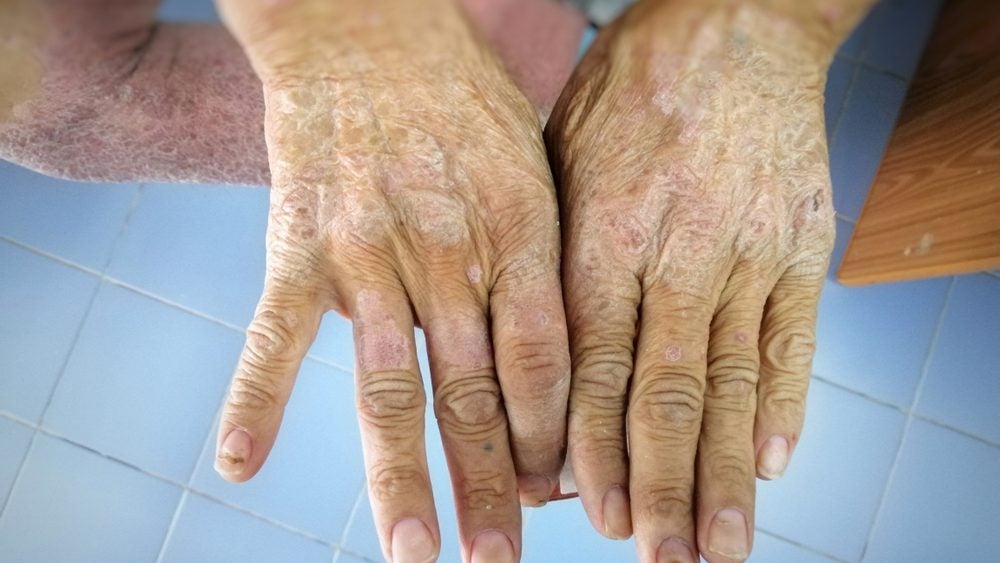
A study by US researchers has used a genetic editing technology to eliminate replication-competent HIV-1 DNA from the genomes of living animals, offering hope for a potential cure in humans.
The study was conducted by researchers from the University of Nebraska Medical Center (UNMC) and the Lewis Katz School of Medicine at Temple University (LKSOM).
Existing treatments for HIV infection involve the use of antiretroviral therapy (ART), which suppresses virus replication but does not eliminate it from the body.
To remove the virus, the researchers combined LASER ART therapy with gene-editing technology, clustered regularly interspaced short palindromic repeats (CRISPR) Cas9. The team intended to use this combination to eliminate HIV DNA from genomes that harbour the virus.
LASER ART has been designed to target viral sanctuaries and maintain low levels of HIV replication for a longer duration, minimising the frequency of ART administration.
When tested in rats and mice, the system demonstrated the ability to effectively excise large HIV DNA fragments from infected cells, affecting viral gene expression. The long-lasting effect of these medications was due to pharmacological changes made in the chemical structure of the antiretroviral drugs.
How well do you really know your competitors?
Access the most comprehensive Company Profiles on the market, powered by GlobalData. Save hours of research. Gain competitive edge.

Thank you!
Your download email will arrive shortly
Not ready to buy yet? Download a free sample
We are confident about the unique quality of our Company Profiles. However, we want you to make the most beneficial decision for your business, so we offer a free sample that you can download by submitting the below form
By GlobalDataMice engineered to generate human T-cells susceptible to HIV infection were subjected to LASER ART and then CRISPR-Cas9 technology. Upon analysis for viral load at the end of the treatment, approximately one-third of HIV-infected mice were found to be completely free of HIV DNA.
UNMC pharmacology department chair Howard Gendelman and LKSOM neuroscience department chair Kamel Khalili said: “The big message of this work is that it takes both CRISPR-Cas9 and virus suppression through a method such as LASER ART, administered together, to produce a cure for HIV infection.
“We now have a clear path to move ahead to trials in non-human primates and possibly clinical trials in human patients within the year.”




